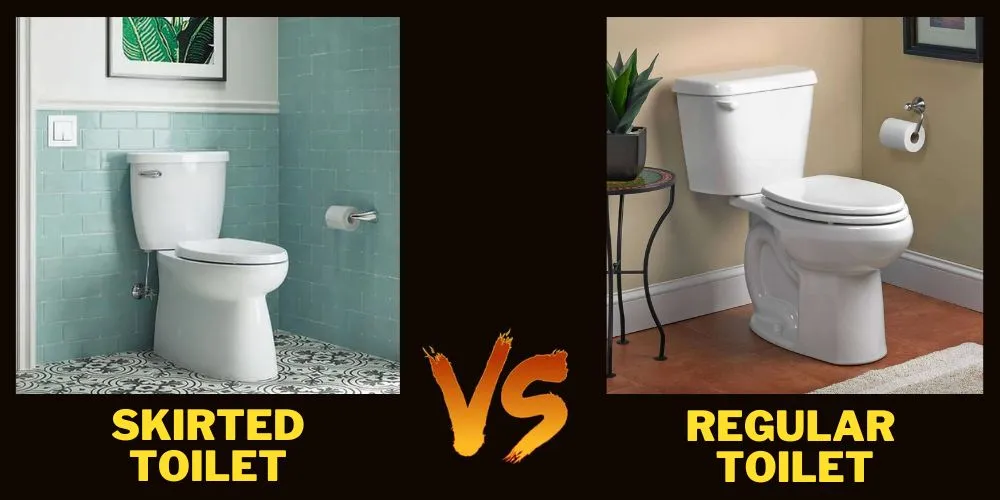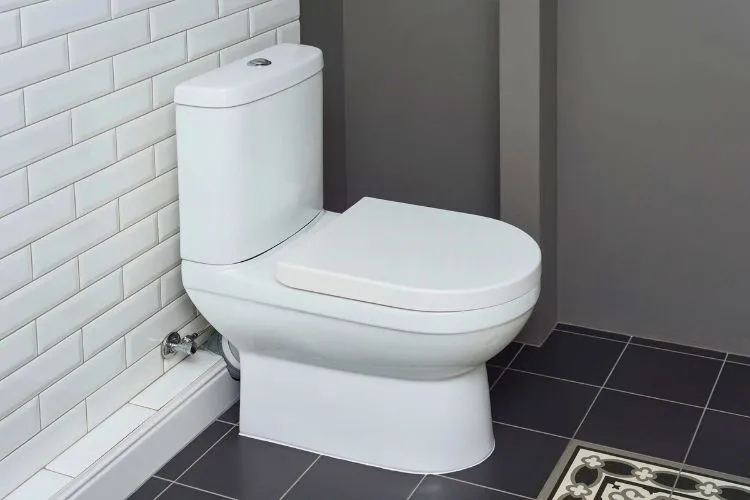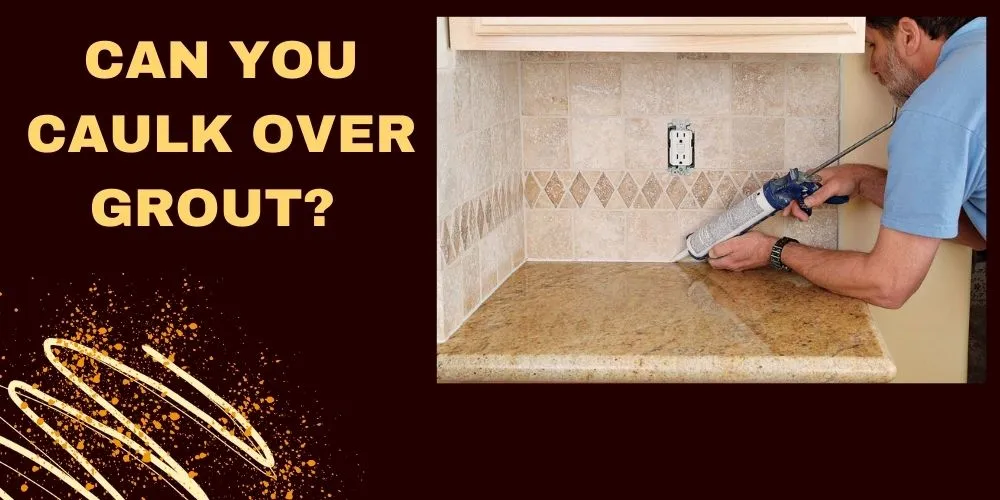When planning a bathroom renovation or installation, choosing the right toilet is crucial. The choice often comes down to skirted toilets and regular toilets. Each has its own set of features, benefits, and drawbacks.
This guide offers a deep dive into the debate of skirted toilet vs regular toilet, aiming to help you make the best decision for your bathroom.

What is a Skirted Toilet?
A skirted toilet features a smooth, skirted design where the trapway is concealed, giving the toilet a sleek and continuous look. This design not only adds to the aesthetic appeal of the bathroom but also simplifies cleaning.

The absence of nooks and crannies reduces the accumulation of dirt and bacteria.
Overview of Regular Toilets
Regular toilets, on the other hand, have a visible trapway with bends and curves. While this design is traditional and may fit many bathroom styles, it can make cleaning more laborious.

Regular toilets often come at a lower initial purchase price, making them appealing to budget-conscious shoppers.
Skirted Toilet Vs Regular Toilet: A Comparison Guide
Design and Aesthetics
When it comes to bathroom design, a skirted toilet offers a modern and refined appearance. This can be particularly beneficial in contemporary or minimalist bathrooms. The sleek lines and hidden trapway can also make a small bathroom appear larger.
Regular toilets have a more traditional look. Their exposed trapway design fits well in classic or vintage-styled bathrooms. They offer flexibility in design options but might not provide the same streamlined look as skirted toilets.
Cleaning and Maintenance
Skirted toilets boast an easier cleaning process thanks to their smooth sides. The design minimizes the places where dust and grime can accumulate, making the toilet easier to maintain over time.
Regular toilets, with their exposed trapway, have more surfaces that require cleaning. This can make maintenance more time-consuming and difficult, particularly in tight spaces where it’s harder to reach all the outside surfaces of the trapway.
Installation Considerations
Installing a skirted toilet can be slightly more challenging than installing a regular toilet. The hidden trapway design means attaching the bolts in a tighter space, which can complicate the installation process. However, many skirted models come with special installation kits to simplify the process.
On the flip side, regular toilets are straightforward to install. The exposed trapway provides easy access for attaching the fixture to the floor, making installation quicker and potentially less expensive if hiring a professional.
Accessibility and Comfort
The height and design of a toilet can significantly impact comfort and accessibility. Both skirted and regular toilets come in ADA-compliant models that offer a taller seat height for easier use by people with mobility issues.
The choice between skirted and regular toilets regarding accessibility and comfort generally comes down to personal preference and the specific models being considered.
Water Efficiency and Flush Mechanisms
Modern toilets, whether skirted or regular, offer improved water efficiency and flush mechanisms over older models. Both types come with options for low-flow systems that conserve water without sacrificing flush power.
The main difference lies not in the design but in the specific model and manufacturer. It’s important to compare the flush ratings and water usage of individual toilets to find the most efficient option.
Cost Implications
The initial purchase price of a skirted toilet is often higher than that of a regular toilet due to the additional material and the complexity of the design.
However, the long-term value, considering maintenance and cleaning effort, might justify the higher upfront cost for many homeowners.
Regular toilets generally have a lower initial cost. They can be a cost-effective choice, especially if budget constraints are a primary concern.
Durability and Longevity
The durability of both skirted and regular toilets largely depends on their construction materials, with most models made from high-quality porcelain or vitreous china. This robust material ensures a long lifespan for both types, resisting scratches and maintaining a glossy finish over time.

Skirted toilets, with their streamlined design, may have an edge in minimizing external wear and tear due to fewer exposed crevices where cleaning agents and tools might cause abrasion.
However, the internal mechanisms and flush efficiency, which play a significant role in a toilet’s longevity, are similar in both styles. Regular maintenance and proper use are key to maximizing the lifespan of any toilet, regardless of its design.
Frequently Asked Questions (FAQs)
What are the installation differences between skirted and regular toilets?
Skirted toilets often require a slightly different approach to installation due to their concealed trapway. This can make the process a bit more complex and potentially more costly if professional help is needed. Regular toilets are generally easier and quicker to install due to their exposed trapway.
Are skirted toilets more expensive than regular ones?
Yes, skirted toilets typically have a higher initial purchase price compared to regular toilets. This is due to the more complex design and manufacturing process. However, the ease of cleaning and sleek design can offer value that justifies the cost.
Is there a difference in flush power between skirted and regular toilets?
Flush power depends more on the toilet’s design and flushing system than whether it is skirted or regular. Both types come with various flush mechanisms and efficiencies, so it’s essential to compare individual models.
How do I choose between a skirted and a regular toilet for a small bathroom?
In a small bathroom, a skirted toilet can make the space appear larger due to its sleek, compact design. However, the choice should also consider other factors like budget, style preference, and ease of installation.
Can retrofitting a regular toilet to a skirted design be done easily?
Retrofitting a regular toilet to have a skirted design is not typically feasible due to the integral differences in construction and design. If you prefer the look and functionality of a skirted toilet, purchasing a complete unit is necessary.
Conclusion:
The choice between a skirted and a regular toilet involves considering design preferences, maintenance ease, installation, accessibility, water efficiency, and cost.
Skirted toilets offer a modern look and simpler cleaning but come at a higher price and can be more complex to install. Regular toilets fit a wide range of bathroom styles and usually cost less but require more effort to clean and maintain.
When deciding, think about the specific needs and design of your bathroom, as well as who will be using the toilet. Each type has its advantages, making the best choice a highly personal decision based on individual priorities.


